The Three Phases of Trauma Therapy
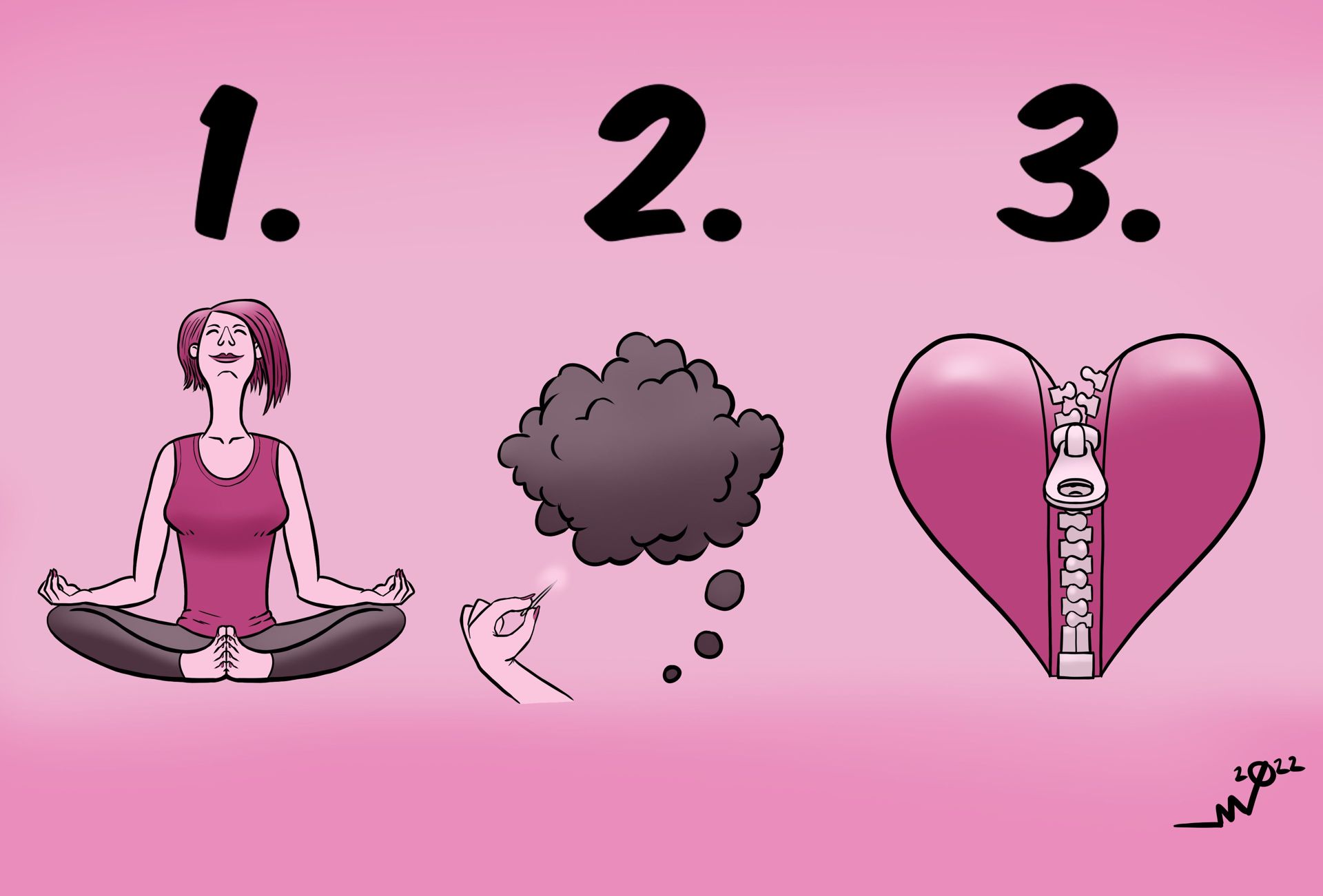
During treatment for emotional trauma (PTSD/C-PTSD) there are three distinct phases that we move through: stabilisation, processing and integration. The process isn’t always linear. We can bounce back and forth between them as we heal. Forgotten memories can arise during treatment and we might need extra resources. Certain phases can even be skipped altogether, depending on where we are in our healing journey when we start treatment.
Phase One- Stabilisation
Stabilising emotions is where the trauma treatment usually begins. However, if you’ve done somatic work in the past, or if emotions and mood swings aren’t impacting your day to day life, this phase might be moved through quite quickly, or even skipped at the start.
If there are a lot of body symptoms connected to your emotions such as physical pain, sleep disruptions, relationship breakdowns, digestive issues, panic attacks and dissociation, then a lot of time might need to be spent in this phase of treatment.
There are many ways we can stabilise our emotions. We call this process resourcing. Resources are things that soothe us without impacting our lives in a negative way. They restore inner calm and make life easier to cope with.
In therapy, resourcing might include gentle somatic techniques such as breathwork, grounding, and mediation. Outside of therapy, exercise can be really a useful resource; especially guided meditative movement exercises like qigong or yoga. Spending time with friends, family and pets, going for walks in nature and snuggling under a weighted blanket can also be resourcing.
Another important aspect of this work is setting boundaries and asking for what we need. This can be tricky at first if you’re not used to it, especially in the workspace or with loved ones, so practising with a therapist beforehand can be really useful.
Trauma can resolve during Stabilisation and the things that were causing distress melt away. In this case you wouldn’t need to move into the Processing phase and you would jump straight to phase three, Integration.
Phase Two- Processing
Phase two involves working directly with the symptoms of traumatic memory such as body sensations, limiting beliefs and even the memories themselves.
In this phase the feelings of distress are activated and the troublesome memories are explored then neutralised; taking away the charge so that they no longer cause suffering.
During Processing, the level of distress needs to be high enough to activate the memory, but not too high that it makes you space out or panic. It can become overwhelming quite quickly and it is necessary to be able to calm down if this happens. For this reason it is important to have mastered the resourcing skills from phase one before attempting this phase.
There are many different ways to do Processing. Some can be gentle and some can be intense, but they are always a co-creation that is figured out with your therapist.
EMDR (Eye Movement Desensitisation Reprocessing) is one of my preferred ways to move through this phase. I like to think of it as going on a journey back through time to set free the younger version of yourself trapped in a disturbing experience that you’re now re-living in the present. This is how I’ve experienced receiving sessions and quite a few of my clients have resonated with this description. This work is deeply personal and unique for each person experiencing it, so you might have a different way of describing it once you have tried it.
During the Processing phase beliefs can change and a new found sense of meaning and purpose can arise. Situations that were once confusing can be resolved and a new life narrative can emerge.
Phase Three- Integration
As the name suggests, the Integration phase involves taking all the things that we have learned in the other two phases and making them part of our everyday lives.
Coaching can be really useful in this phase, as old strategies for doing things have been outgrown and new ones need to be learned.
This might look like figuring out a new life plan for moving forward, learning new ways of being in the world, figuring out different ways of relating to loved ones, shifts in employment and even figuring out new ways of relating to ourselves.
We can feel grief as we rethink and change old ways of being. Neuro-biologist Dr. Dan Seigel refers to this grief as “Giving up all hope of a better past…” Moving through this grief might take us back into phases one and two if it becomes overwhelming.
Conclusion
Phase oriented trauma treatment involves assessing where we are in our healing journey and using the right therapy at the right time, rather than just picking a therapy and hoping it will work. The phases aren't linear and we can often move between them as we heal. Understanding the phases helps us to figure out what type of intervention is best for us in the present moment.
We can’t predict how we will feel during this process and what it might look like, but the outcome of living a more enjoyable and full life post trauma treatment is achievable. Finding a therapist that you feel safe with and that has experience working with your specific needs is key.


How to do Anal Massage Post Prostate Cancer Surgery
with Victoria Cullen

Case Study: Libido Restored Post Prostate Surgery!
with Victoria Cullen

Feeling Pleasure After Trauma
with Cam Fraser

What is Traumatic Dissociation?
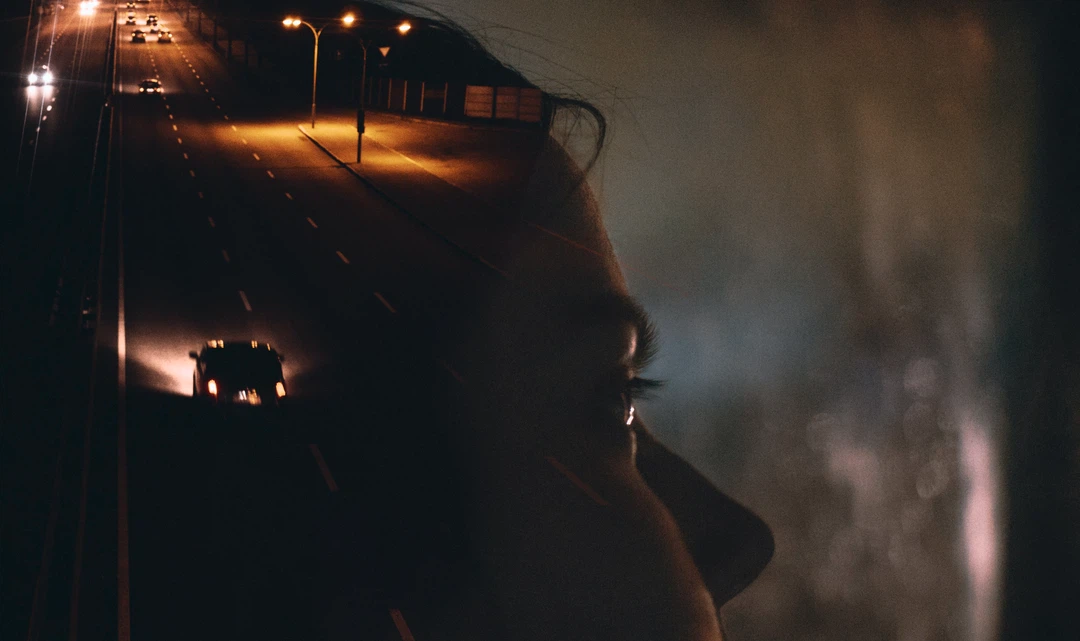
Turning Down the Dial on Anxiety

Things to be Wary of When You are Experiencing Premature Ejaculation

How to Overcome Premature Ejaculation

Premature Ejaculation is Not a Disease!

The Dark Side of Make-Up Sex

How I Learned to Manage My Panic Attacks

Are You Worried About Your Libido?
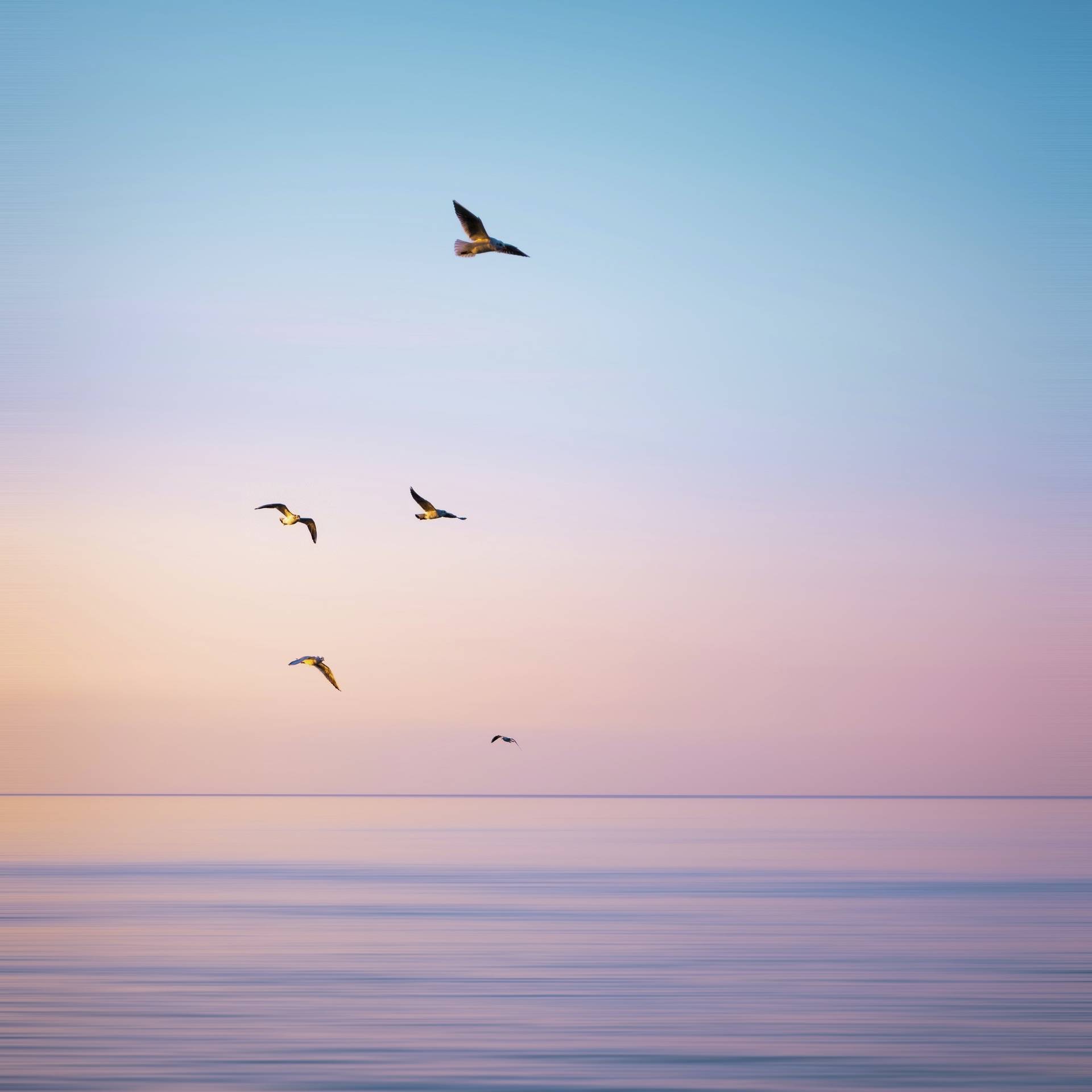
Combining EMDR and Scar Remediation

What is Scar Remediation?

How to Make an Organic Castor Oil Pack to Treat Scar Tissue

What Are Scars? It Could Be the Answer to Your Chronic Pelvic Pain!

The Three Phases of Trauma Therapy

What is EMDR Therapy?
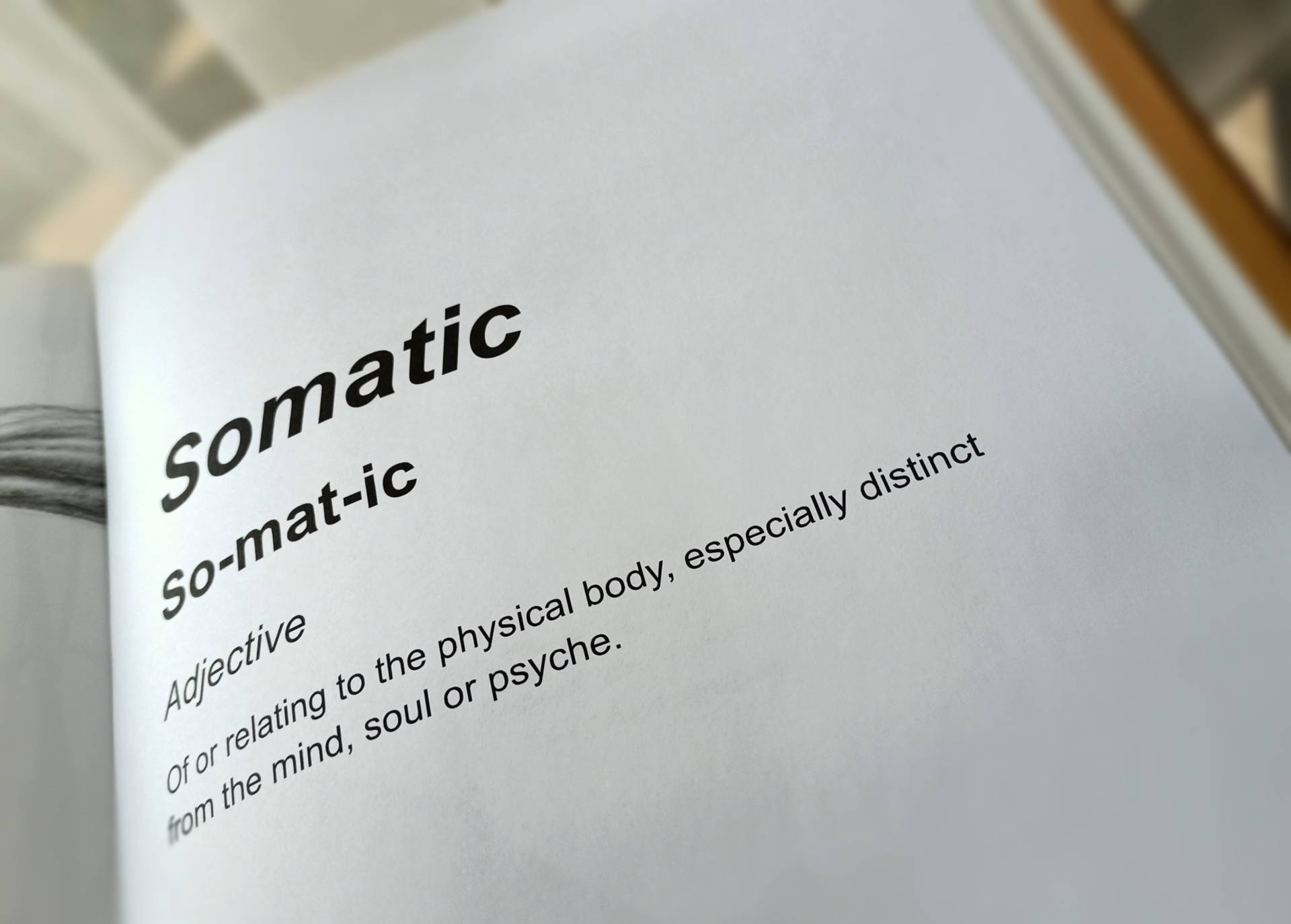
What is Somatic Sex Therapy?
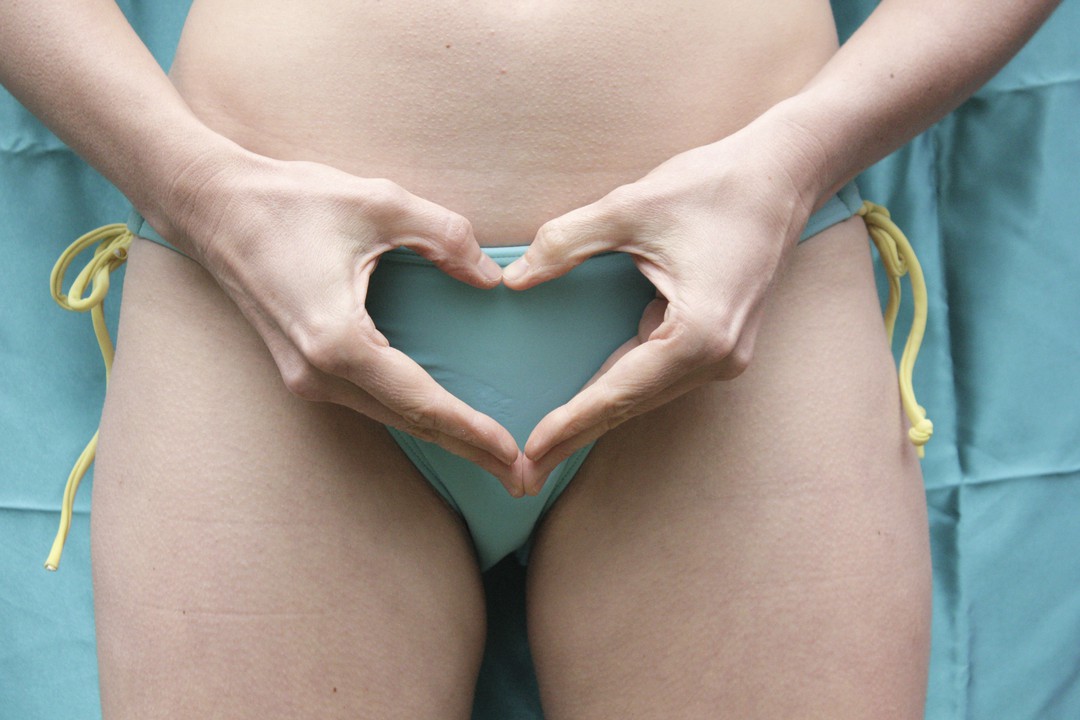
What is Sexological Bodywork?

How to Resolve Pelvic Pain, Erection Challenges and Ejaculatory Issues Holistically
with Rahi Chun

Why I love guys who can't get it up
with Georgie Wolf

Sexual Healing
with Sean Nicholas
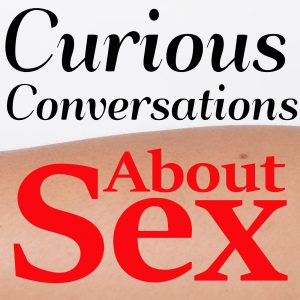
What Can I Do About My Protruding Inner Labia?
with Charlotte Sway & Roger Butler

Why Are Men Such Dicks?
with Charlotte Sway & Roger Butler

Can You Teach People How To Touch?
with Charlotte Sway & Roger Butler

